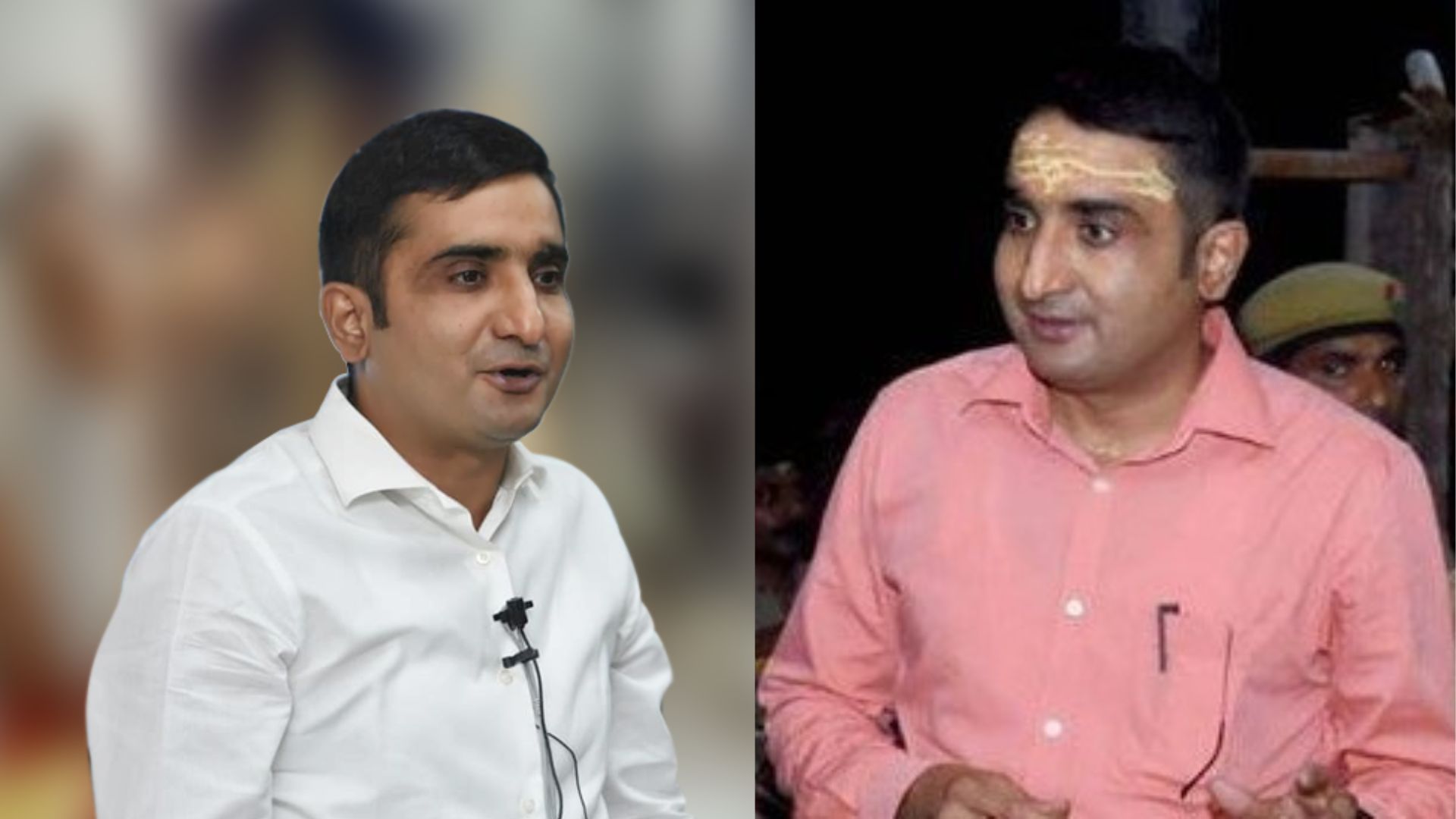Vishal Singh IAS Biography, Wikipedia, Age, Net Worth, Wife, Batch, UP, Rank, Officer
Vishal Singh IAS Biography, Wikipedia, Age, Net Worth, Wife, Batch, UP, Rank, Officer – In a significant administrative overhaul, the state of Uttar Pradesh has witnessed key transfers and appointments, particularly impacting the regions of Ayodhya and Mathura. The changes involve the relocation of experienced Indian Administrative Service (IAS) officers, highlighting the government’s strategic approach to governance. This article delves into the details of these transitions, focusing on the trajectories of IAS officers Vishal Singh and Nagendra Pratap Singh. From their notable roles in Ayodhya and Mathura to their current positions in Lucknow, this narrative aims to provide an in-depth understanding of the implications of these administrative changes.
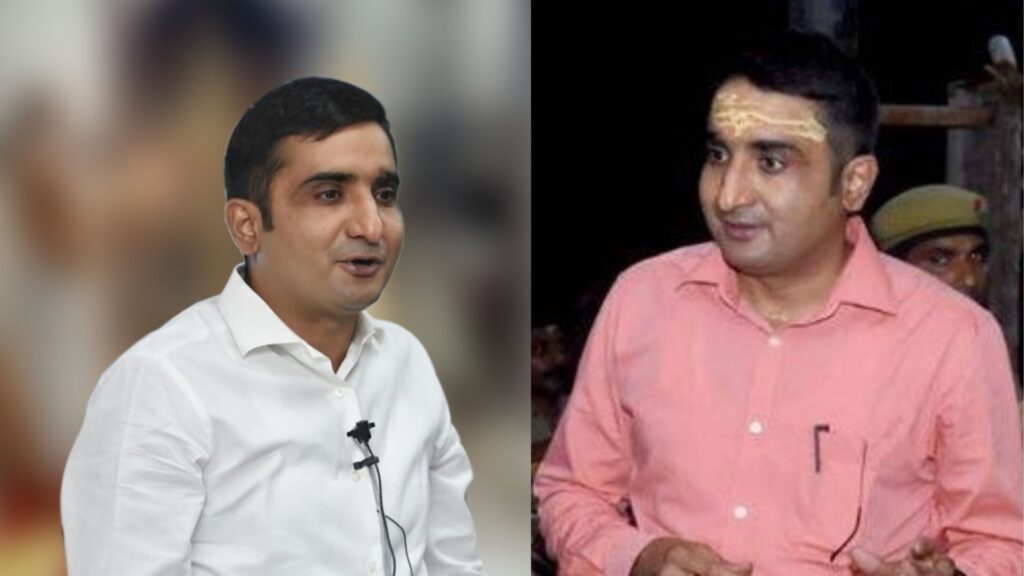
Vishal Singh Latest News:
Vishal Singh, an IAS officer hailing from Varanasi, has been a prominent figure in the developmental landscape of Ayodhya. His journey began with serving as the Nagar Ayukt in Ayodhya Municipal Corporation, followed by a crucial role as the Vice Chairman of Varanasi Development Authority. His significant contributions in Ayodhya extended to overseeing the city’s infrastructural development and beautification projects.
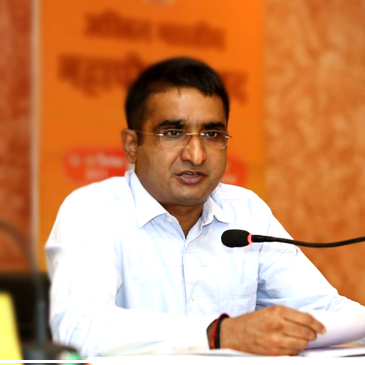
Notably, Vishal Singh played a pivotal role in coordinating and implementing various initiatives in Ayodhya, particularly in the wake of the construction of the Ram Temple. His proactive approach and effective management skills earned him recognition, leading to his appointment as the chief executive officer of Kashi Vishwanath Dham and the chief executive officer for the Shri Ram Janmabhoomi pilgrimage site in Ayodhya.
However, the recent administrative reshuffling has seen Vishal Singh’s transfer to Lucknow. His relocation comes with a new set of responsibilities as the Special Secretary in the Appointment and Personnel Department. This transition underscores the government’s acknowledgment of his administrative acumen and versatility, entrusting him with key personnel-related decisions at the state level.
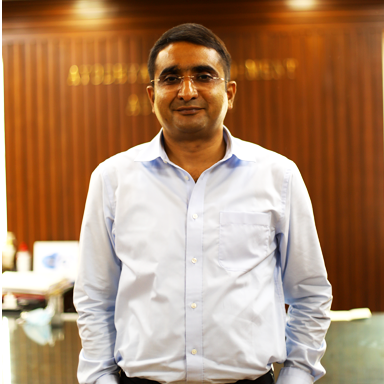
Insights into Vishal Singh’s Role in Ayodhya’s Development: Vishal Singh’s tenure in Ayodhya was marked by extensive development projects aimed at enhancing the city’s overall infrastructure. His leadership was instrumental in steering Ayodhya through a phase of growth, aligning with the city’s cultural and religious significance. The construction of the Ram Temple brought Ayodhya into the limelight, and Vishal Singh’s administrative prowess ensured the smooth execution of associated projects.
The decision to transfer Vishal Singh to Lucknow reflects the government’s recognition of his capabilities beyond regional development. As the Special Secretary in the Appointment and Personnel Department, he is now poised to contribute to strategic decision-making processes at the state level, navigating administrative intricacies with a broader perspective.
Nagendra Pratap Singh’s Transition: Mathura to Lucknow: Nagendra Pratap Singh, another seasoned IAS officer, played a crucial role in the developmental landscape of Mathura and Vrindavan. Serving as the Chief Executive Officer of the Braj Teerth Vikas Parishad, he focused on projects promoting tourism, preserving cultural heritage, and overall infrastructural enhancement. His commitment to holistic development earned him recognition, and he became a key figure in steering developmental initiatives in Mathura.
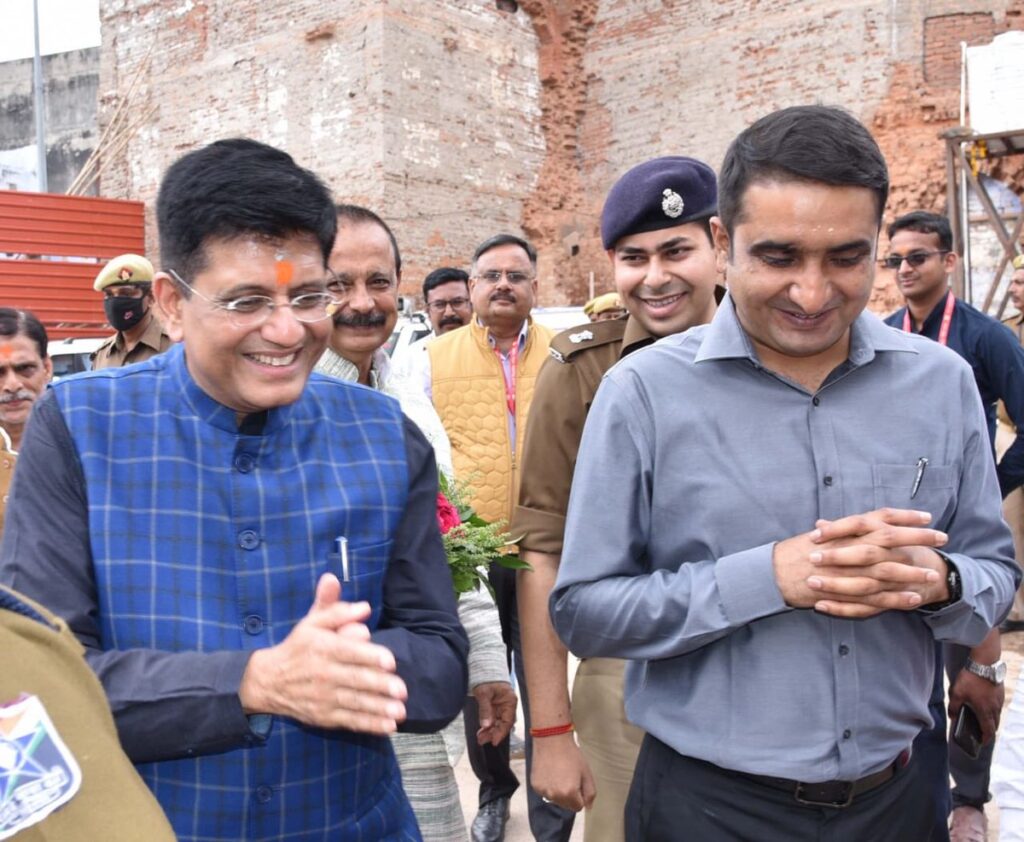
However, Nagendra Pratap Singh’s journey has now taken a turn with his transfer to Lucknow. His new role as the Director-General of the Department of AYUSH in Uttar Pradesh reflects a shift from developmental responsibilities to a leadership position in the health and wellness domain. This move aligns with the government’s commitment to promoting traditional Indian systems of medicine, including Ayurveda, Yoga, and Naturopathy.
Examining Nagendra Pratap Singh’s Impact in Mathura: Nagendra Pratap Singh’s tenure in Mathura witnessed a concerted effort towards comprehensive development, especially in areas integral to tourism and cultural heritage. The Braj Teerth Vikas Parishad, under his leadership, undertook initiatives that aimed at not just infrastructural development but also at preserving the rich cultural fabric of Mathura and Vrindavan.
His transfer to the AYUSH department demonstrates a strategic decision to leverage his administrative skills in promoting traditional healthcare practices. Nagendra Pratap Singh’s experience in overseeing developmental projects positions him well to contribute to the growth and promotion of AYUSH practices in the state.

Government’s Strategy and Adherence to Guidelines: The simultaneous transfers of Vishal Singh and Nagendra Pratap Singh reflect the government’s strategic approach to administrative efficiency. The Election Commission of India’s guidelines, suggesting a maximum tenure of three years for IAS officers in a particular district, have been adhered to in these transitions. This ensures a dynamic administrative environment, preventing the consolidation of power in one region for an extended period.
The government’s commitment to adhering to these guidelines underscores its dedication to bringing in fresh perspectives and preventing administrative stagnation. By appointing experienced officers to key positions in Lucknow, the state capital, the government aims to benefit from their diverse experiences and expertise in decision-making processes that impact the entire state.
Conclusion:
In conclusion, the administrative changes in Uttar Pradesh, particularly the transfers of Vishal Singh and Nagendra Pratap Singh, signify a dynamic and forward-looking approach to governance. As these officers embark on their new journeys in Lucknow, their diverse experiences and proven track records position them as valuable assets in steering Uttar Pradesh towards continued growth and development. Vishal Singh’s transition from Ayodhya to Lucknow and Nagendra Pratap Singh’s shift from Mathura to Lucknow not only demonstrate the government’s trust in their capabilities but also underscore the need for their expertise at the state level. These transitions align with the state’s commitment to holistic development, strategic administrative decisions, and the promotion of traditional healthcare practices.
Also Read:
- Sneha Shabarish IAS Biography, Wikipedia, Wiki, Husband, Photo
- Alanna Panday Wikipedia, Wiki, Marriage, Wedding Date, Married, Parents, Wedding, Sister, Pregnancy, Net Worth
FAQ:
Who is Vishal Singh IAS?
Vishal Singh IAS is an Indian Administrative Service officer from Varanasi, Uttar Pradesh. He has played a crucial role in overseeing development projects in Ayodhya, particularly in his roles as Nagar Ayukt in Ayodhya Municipal Corporation and Vice Chairman of Varanasi Development Authority. Recently, he has been transferred to Lucknow and appointed as the Special Secretary in the Appointment and Personnel Department, indicating a shift in his responsibilities at the state level.
Who is the Commissioner of Ayodhya Development Authority?
The Commissioner of Ayodhya Development Authority is not explicitly mentioned in the provided articles. For the most up-to-date information, it is recommended to check official government announcements or news sources reporting on Ayodhya’s administrative appointments.
Why were Vishal Singh & Nagendra Pratap Singh transferred?
Vishal Singh and Nagendra Pratap Singh, both seasoned IAS officers, were transferred as part of the government’s strategy to bring in fresh perspectives and expertise to key administrative positions in Lucknow. These transfers aim to leverage their experiences in Ayodhya and Mathura for strategic decision-making at the state level.
What are Vishal Singh new responsibilities in Lucknow?
Vishal Singh has been appointed as the Special Secretary in the Appointment and Personnel Department in Lucknow. This position involves key personnel-related decisions at the state level, reflecting the government’s trust in his administrative acumen beyond regional development.
What roles did Vishal Singh and Nagendra Pratap Singh play in Ayodhya and Mathura, respectively?
Vishal Singh played a crucial role in Ayodhya’s development, overseeing infrastructural projects and beautification initiatives, especially during the construction of the Ram Temple. Nagendra Pratap Singh focused on holistic development in Mathura, with projects promoting tourism and preserving cultural heritage.

